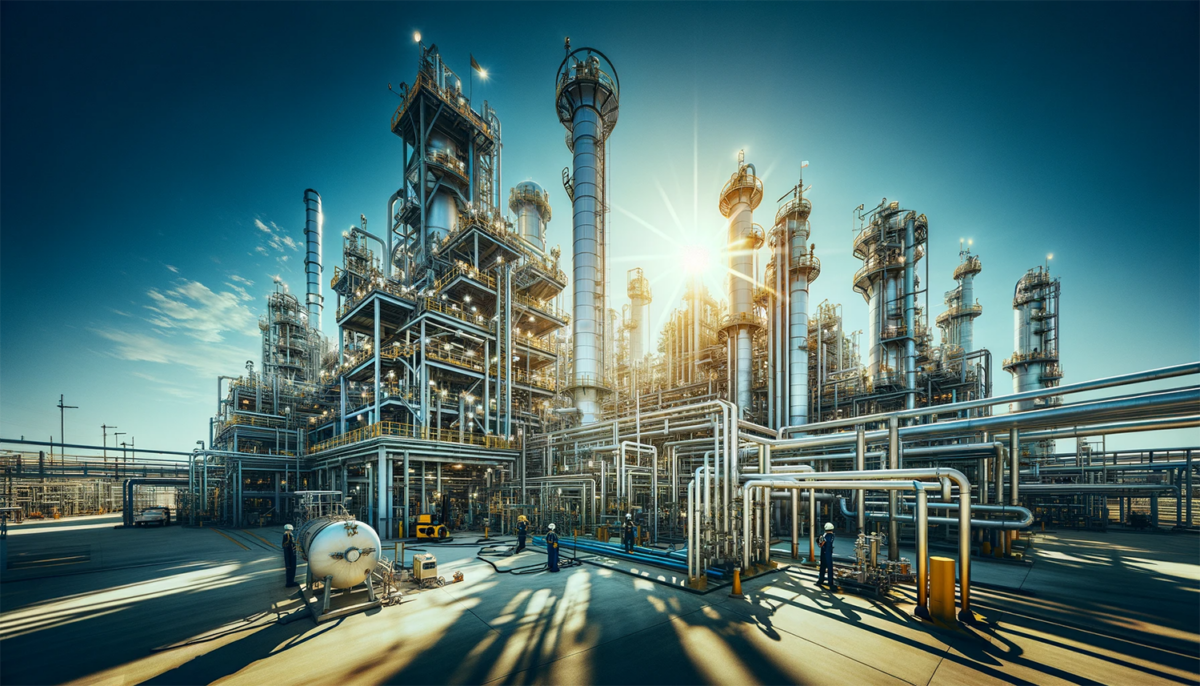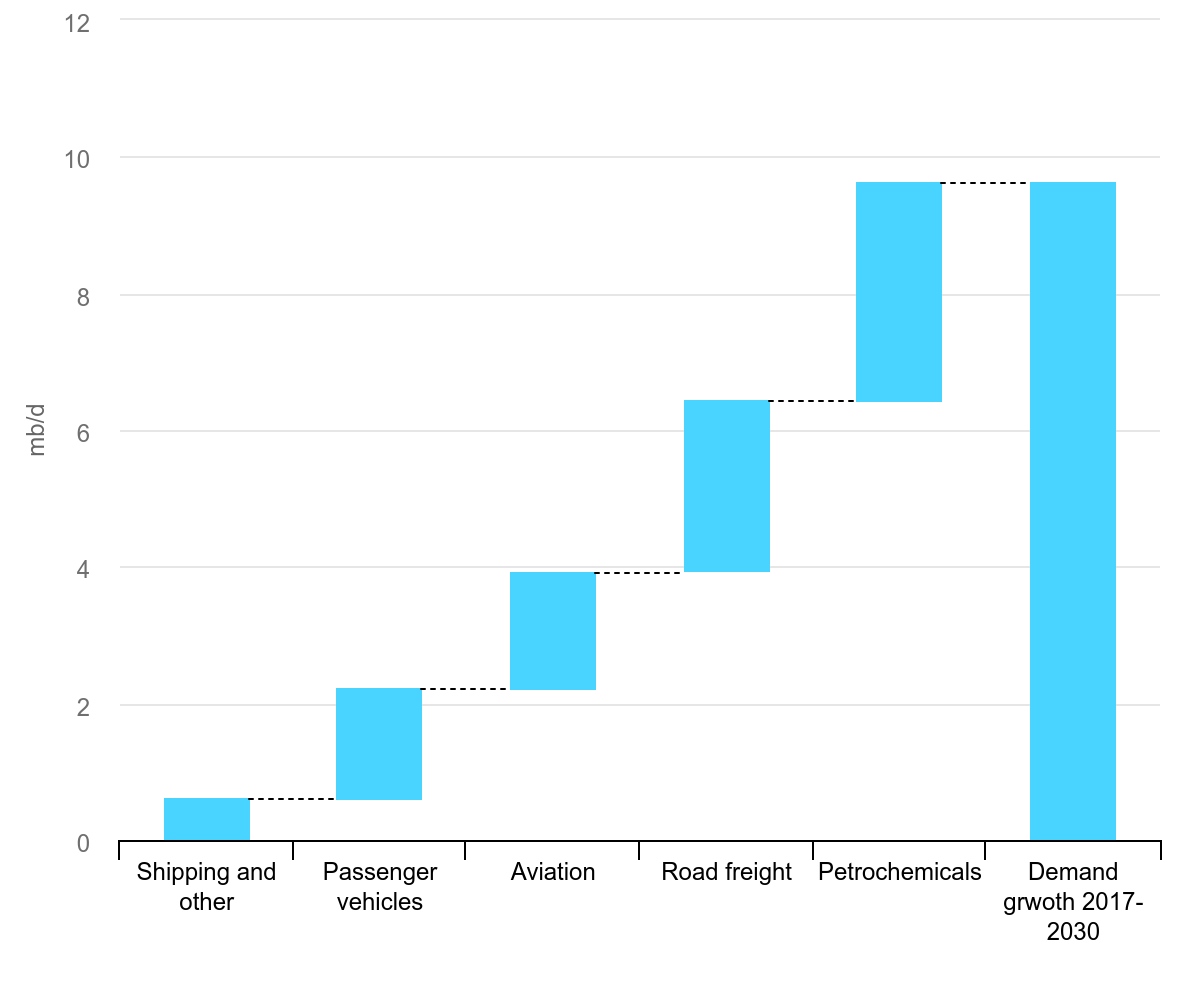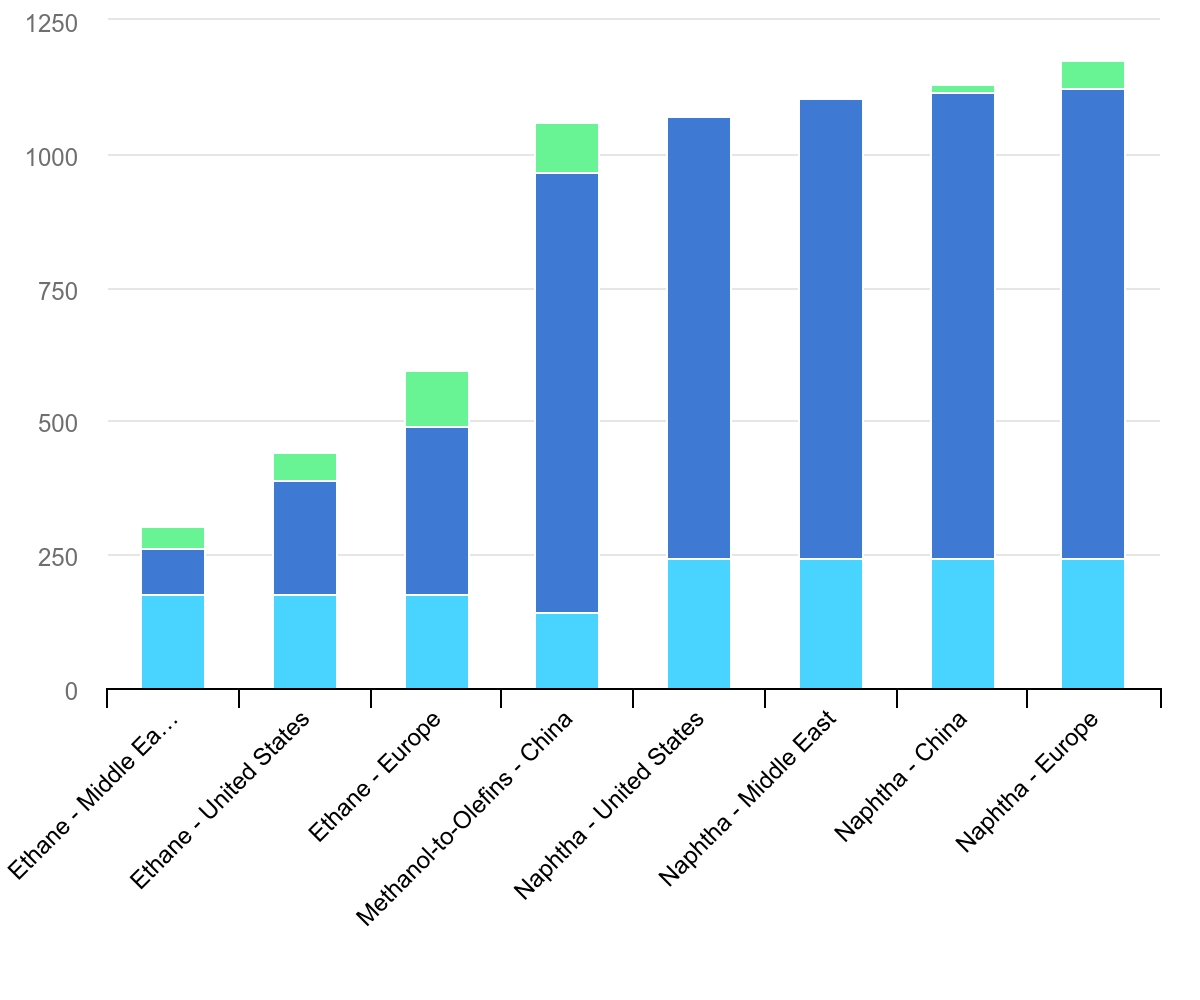Petrochemical Industry Trends 2030

The petrochemical industry, a vital yet often underappreciated player in the global energy landscape, is undergoing transformative changes.
This sector is now the fastest-growing demand driver for global energy. The petrochemical industry appears in an extensive range of products including plastics, fertilizers, packaging, clothing, digital devices, medical equipment, detergents, and tires, among others.
In the modern energy system, these products actively contribute to components like solar panels, wind turbine blades, batteries, building thermal insulation, and electric vehicle parts.
Current State of the Petrochemical Industry
Currently, as the industry stands today, petrochemicals are set to become the largest driver of global oil demand, surpassing sectors like trucking, aviation, and shipping. Petrochemicals will drive over a third of the growth in oil demand by 2030, and this contribution will rise to nearly half by 2050. This significant increase in demand is indicative of the sector’s growing influence on global energy trends.
The industry is also expected to consume an additional 56 billion cubic meters of natural gas by 2030, highlighting its expanding energy needs. This surge in demand is crucial for understanding the industry’s impact on global energy markets and environmental sustainability.

Oil demand growth by sector, 2017-2030. Courtesy of IEA.
Global Competition Dynamics
Revitalized by shale gas, the U.S. now holds about 40% of the world’s ethane-based petrochemical production capacity. Moreover, this resurgence has positioned the U.S. as a key player in the industry. However, the Middle East continues to maintain its status as the low-cost leader for key petrochemicals, demonstrating the industry’s competitive and evolving nature.

Simplified levelised cost of petrochemicals for selected feedstocks and regions, 2017. Courtesy of IEA.
Technological Innovations and Advancements
Innovation is at the heart of the petrochemical industry’s growth. Advanced technologies like 3D seismic imaging and IoT for operational efficiency are now standard practices. Additionally, the integration of AI and digitalization is driving forward-thinking strategies in production and supply chain management, signifying a major leap in efficiency and environmental stewardship.
Environmental Challenges and Responses
A critical aspect of the petrochemical industry’s evolution is its environmental impact. The IEA report highlights the need for implementing the Clean Technology Scenario (CTS), which aligns with the UN Sustainable Development Goals. This scenario is designed to mitigate air and water pollution associated with primary chemical production. By 2050, following the CTS could result in a nearly 90% reduction in air pollutants from primary chemical production, with a significant reduction in water demand.
Waste Management and Recycling
The report emphasizes the importance of effective waste management and recycling as key components of a sustainable petrochemical industry. Developing efficient recycling technologies and systems is vital for reducing the environmental footprint and closing the loop in the product lifecycle.
The Future of Petrochemicals
Looking forward, the petrochemical industry will play a decisive role in shaping the global energy landscape. With its growing influence on oil and gas demand, the industry must balance its growth with sustainable practices. Policies and innovations that support cleaner production processes, reduce environmental impact, and encourage recycling and waste management will be critical.
The IEA report “The Future of Petrochemicals” underscores the necessity of an interdisciplinary approach, encompassing everything from production to disposal. It also highlights the role of policy in facilitating this transition, necessitating a concerted effort across the entire value chain.
Ultimately, the future of the petrochemical industry intertwines with global energy trends, environmental sustainability, and technological advancements. Consequently, the sector’s response to these challenges could significantly influence global economic and environmental health.
